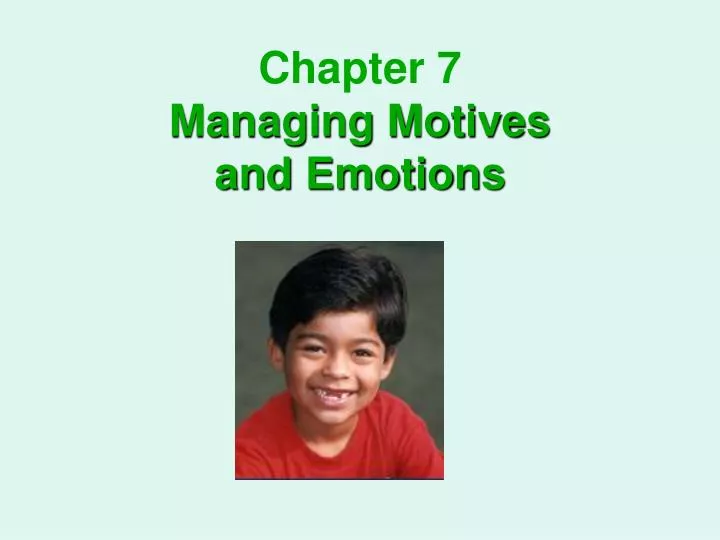

This second period could be compared to a luxuriant English garden in full bloom. We argue that 2016 is the starting point of the current period, characterized by gradual recognition in applied linguistics, growing popularity of PP, and an exponential increase in publications in more mainstream journals. This paper distinguishes the early period in the field that started with MacIntyre and Gregersen (2012), like a snowdrop after winter, and that was followed by a number of early studies in relatively peripheral journals. PP interventions have been carried out in schools and universities to strengthen learners and teachers' experiences of flow, hope, courage, well-being, optimism, creativity, happiness, grit, resilience, strengths, and laughter with the aim of enhancing learners' linguistic progress. As a result, a more nuanced understanding of the role of positive and negative learner and teacher emotions emerged, underpinned by solid empirical research using a wide range of epistemological and methodological approaches. Around the turn of the millennium researchers became increasingly interested in the role of emotions in foreign language learning and teaching, beyond established concepts like foreign language anxiety and constructs like motivation and attitudes toward the foreign language. For many years, a cognitive perspective had dominated research in applied linguistics. The present contribution offers an overview of a new area of research in the field of foreign language acquisition, which was triggered by the introduction of Positive Psychology (PP) (MacIntyre and Gregersen, 2012). The results suggest that more regular/frequent L2 use with positive emotions directly impacts acquisition, which may in turn lead to the lessening of negative emotions and better L2 proficiency in the long run. Their enjoyment (together with greater Ideal L2 Self) predicted the extent to which they practiced and developed their L2 speech within the time framework of the project-three months. The students’ anxiety (together with weaker Ideal L2 Self) negatively related to their performance at the beginning of the project which they had achieved after several years of EFL instruction. enjoyment), and secondarily with their motivational dispositions (clear vision of ideal future selves).

Overall, the students’ learning patterns were primarily associated with their emotional states (anxiety vs. This study presents a cross-sectional and longitudinal analysis of how 108 high school students in English-as-a-Foreign-Language (EFL) classrooms enhanced the comprehensibility of their second language (L2) speech according to different motivation, emotion and experience profiles.


 0 kommentar(er)
0 kommentar(er)
